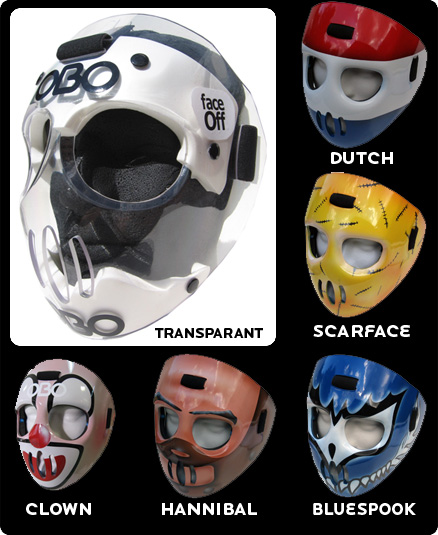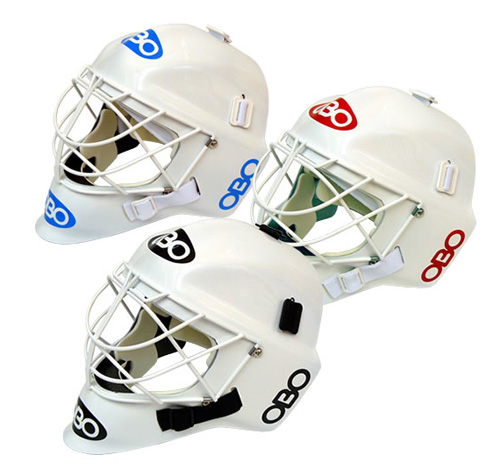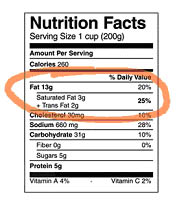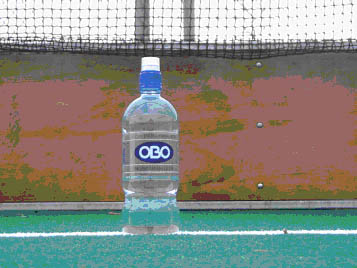Getting into the stance, when the action is not specifically close, is something that troubles a whole range of keepers with saving and decision making ability, which can cost them in the game. It is so important to get into your ready stance before the stance – the better prepared you are, the more chance you have of stopping the shot.
You can never not bother with getting into your stance before a shot. Even when the ball is under one of your player’s control, you don’t know if they are going to have it taken from them and go onto have a scoring chance. I’ve recently been watching a number of keepers who are incredibly lazy in their efforts.
Other than not being ready for action and not making the save, you are not mentally prepared for game action. If you are not capable of being alert and watchful all game long (along with the need to pull off big saves when called upon in the last few minutes of the game), then you shouldn’t be getting selected to play.
Getting beaten
By not being in your ready stance and being ‘behind the play’ (i.e. not watching it properly and keeping a back seat), you leave yourself vulnerable. If you are unbalanced in your stance, then you will not be capable of making the save; tilting too far backwards, unable to reach the ball. A great example of this was Des Abbott’s goal that Vogels allowed in the bronze medal match at the Olympics; allowing a goal through the legs as he wasn’t set, falling back and letting it through him. If he had however been ready, he could have closed the gaps by bringing his legs in.
There are a few British national league keepers who still regularly fail to get set in time; a goal on a broken play within the D at a national conference league game I watched over the weekend is such an example. Expecting the umpire to call the other way (as the team had got most of their decisions their way), the goalkeeper was standing at the post, not in a suitable stance, the ball got loose and was then smashed in. By not being set for the shot, he was easily beaten, unaware of the impending danger.
In contrast, by being in your ready stance when the play is around you (and your defence; getting sucked into the idea of your role as shot stopper, is not the right idea), you are ready and raring for the save; your gloves up for the incoming shot.
It is no good just getting into your stance when the play gets in close; if you are caught off guard when a change occurs, like a deflection, then you are responsible for your lack of attention that led to that goal, by simply not being ready to make a save. By getting set before a play develops, you also help reduce the mental stress of waiting to see a shot in a tight game, since you are ‘switched on’.
Rule of thumb
The best way to judge the play is to watch and stay with it the entire game. As the ball gets closer, you need to ‘switch on’ and get to where it is on the pitch; moving with the ball as it moves and staying in your stance, ready for anything to happen.
By point of rule, if the play is in your half, you should be within your ready stance, ready for shots outside the D: you never know what’s going to happen next and should therefore always be alert and ready for anything (i.e. a pro technique is to put in a ball for a runner to get on the end of for a deflection, or a two on one that develops after a defensive mishap).
By getting ready in your stance, with your hands up and body forward, before a play is even made, you WILL be ready for an unprepared save, compared to other keepers who will get caught short by their inactive laziness.
Just watch the pros and see how they do it, like recent games in the Olympics (Vogels is a great example, except vs Australia) and you’ll understand. As the play gets closer you are nearer and nearer to, you are ever more likely to face a shot.
Key points:
- When the ball is past the half way line, you should be in your ready stance
- Always move with the play; adjusting your angles to suit where the ball is
- Be active not a ‘ball watcher’ – be ready to take control of the situation, instead of just being an observer to what’s going on in front of you
Watch and learn
This is not just a problem that plagues our sport: if you watch (on Match of the Day [British TV] or anything similar), you’ll notice how the keepers that don’t bother to get set lag behind the play and allow goals out of failed ability to prepare for the shot.
In national league games I’ve watched keepers stand there stock still not even bothering to get into a ready stance, on free hits and plays around the D, when they should honestly be set in their stance, ready for a shot. Just because a team is weaker than you are and you are winning, it doesn’t mean there is any reason for you to switch off and sit back; for all you know the next play may go against you and you are beaten, when you aren’t mentally or bodily (position) set.
Self awareness
You have to be aware of your own attitude to the game to really succeed. If you don’t look ready, then shooters will pick up on this; rather than taking a ‘back seat’ during games, concentrate on being there all the time to deal with whatever comes your way.
As always, practise is key to success: train yourself to ALWAYS be in your stance and on the angle of where the ball is, to be set. At training, focus on getting yourself in your stance immediately and in line for the shot, allowing you to maximise your chances.



 Get used to planning what you’re going to eat each day. Planning helps to stop eating whatever, whenever. Check the labels for the amount of fat, carbs, and protein they contain.This is an example of an eating plan for a player who has a light run in the morning followed by training or game in the afternoon.
Get used to planning what you’re going to eat each day. Planning helps to stop eating whatever, whenever. Check the labels for the amount of fat, carbs, and protein they contain.This is an example of an eating plan for a player who has a light run in the morning followed by training or game in the afternoon.